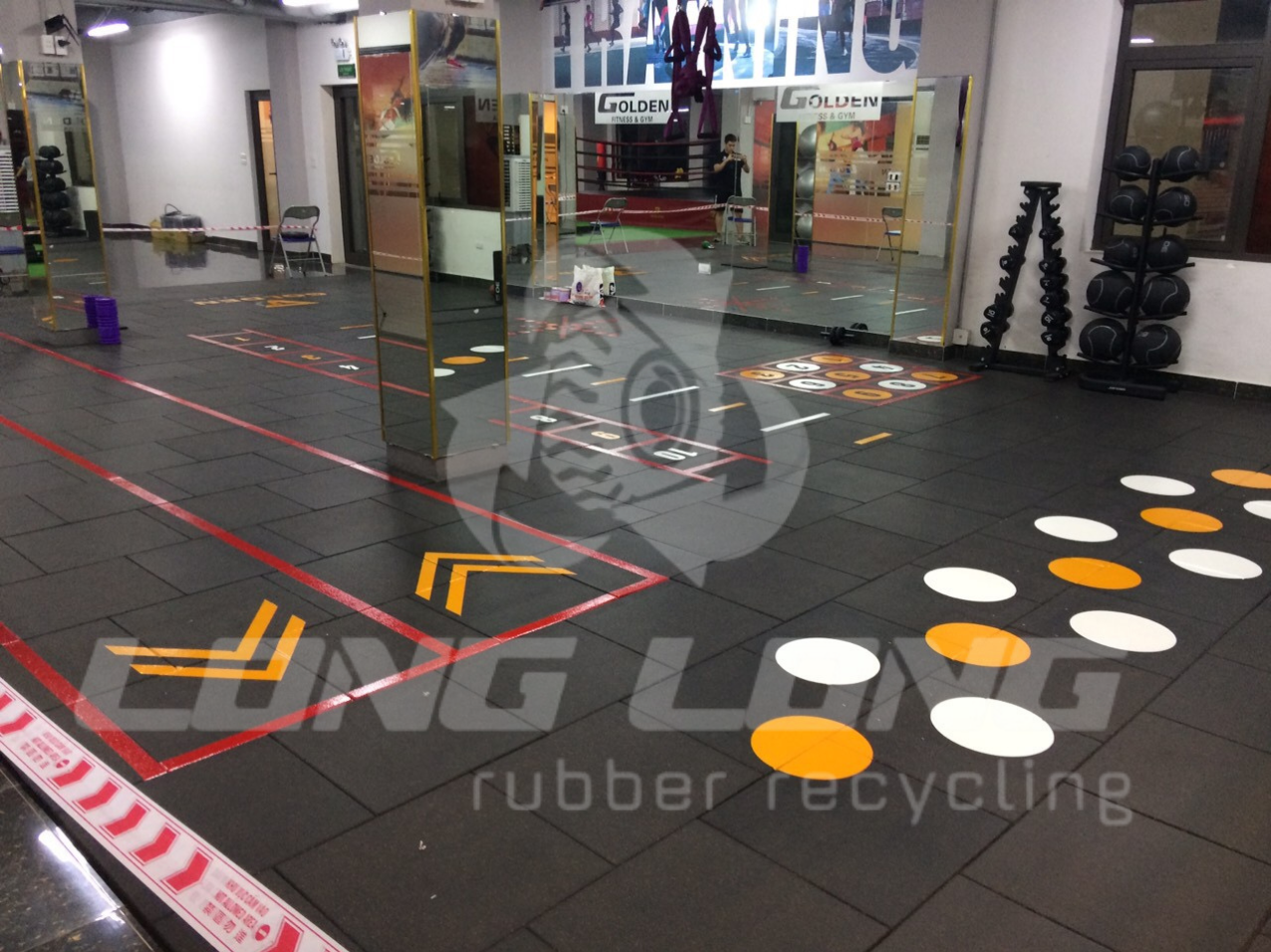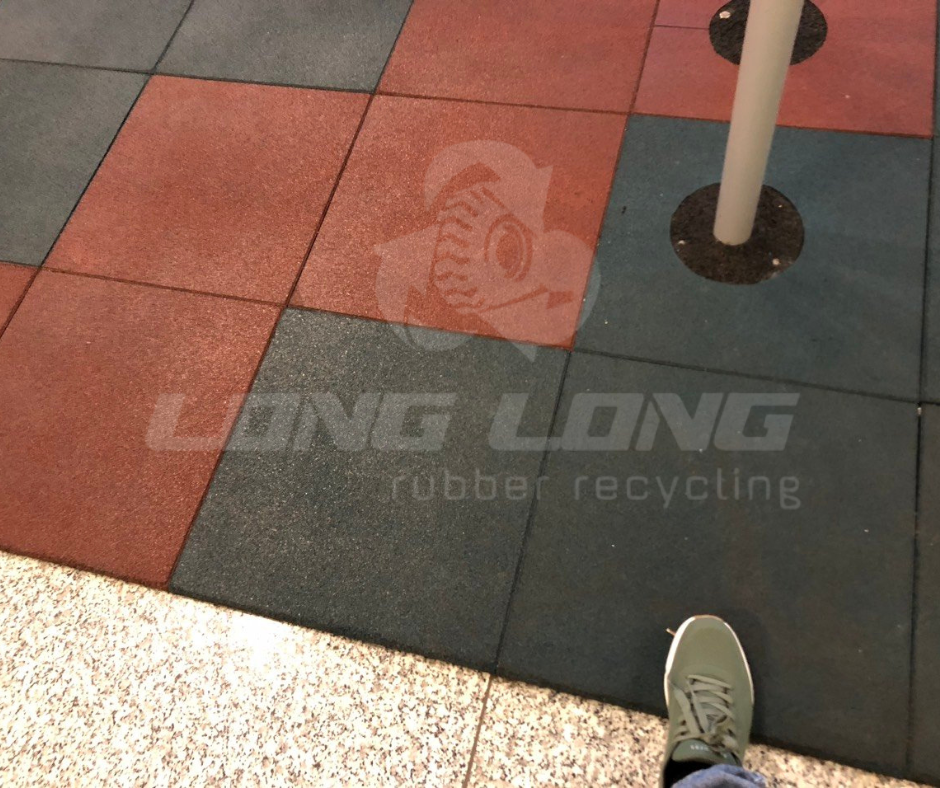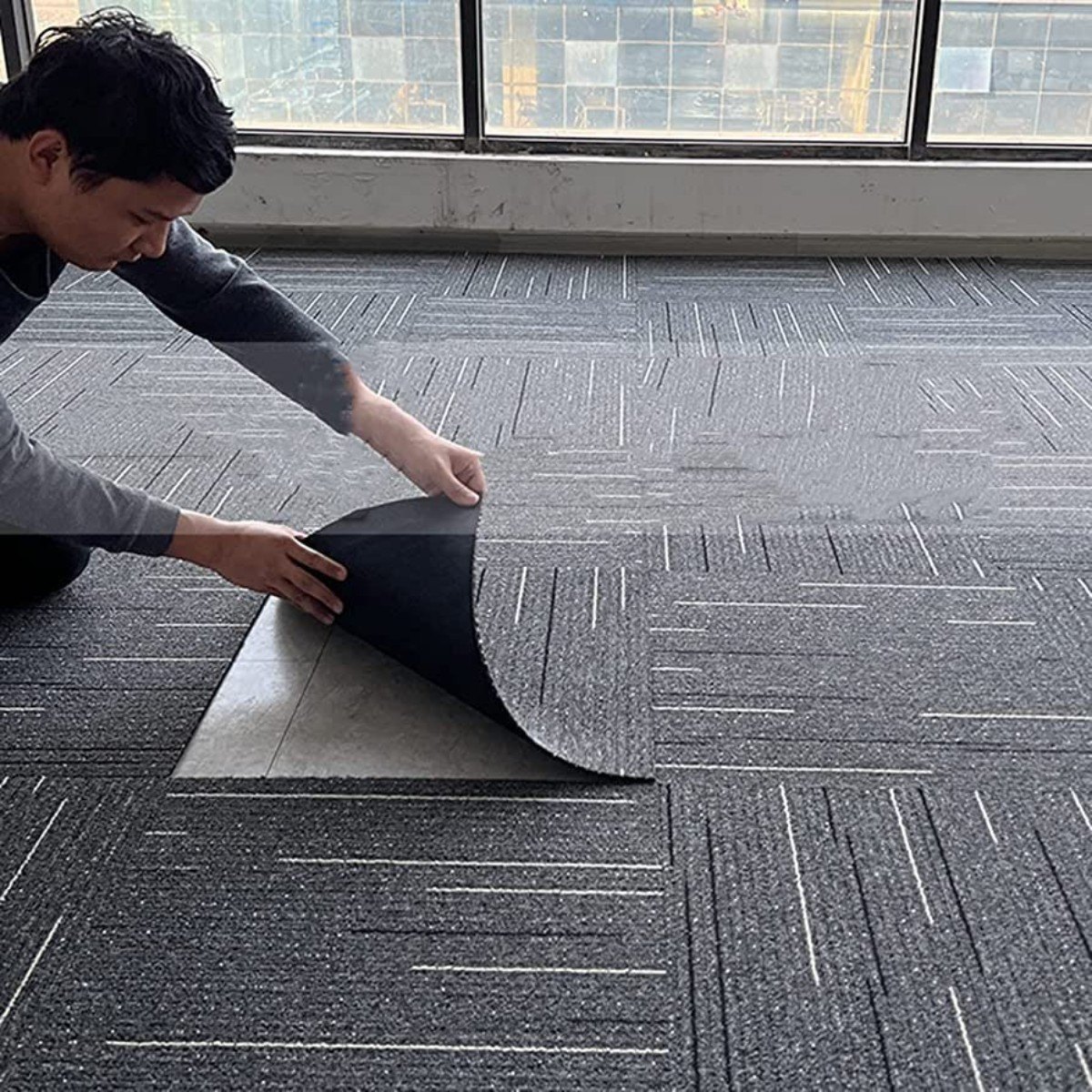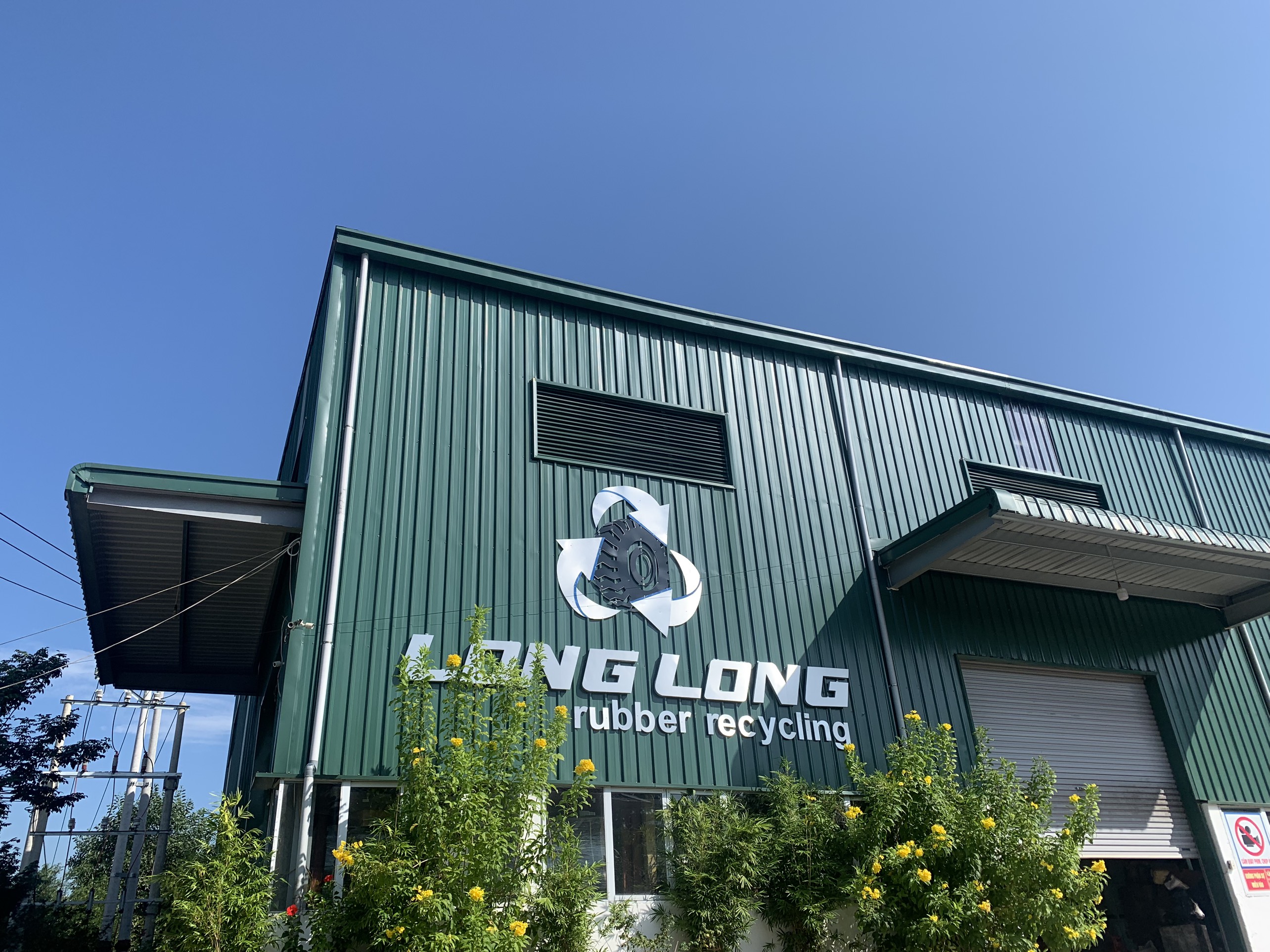Gym flooring not only enhances the appearance of the space but also plays a crucial role in safety, durability, and overall functionality. Here's everything you need to know to select the best gym flooring for your needs.
1. Why Gym Flooring Matters
Quality gym flooring protects both the flooring structure and the people using it. Unlike standard floors, gym flooring absorbs shock, reduces noise, and provides a non-slip surface that minimizes the risk of injuries. It also protects equipment from impact damage, extending its lifespan and enhancing the workout experience.
2. Types of Gym Flooring
- Rubber Flooring: Rubber is one of the most popular choices for gym flooring. Known for its durability and impact resistance, rubber gym flooring is ideal for heavy-duty exercise areas. It can handle the pressure of heavy weights and cardio equipment, while also offering a comfortable surface for body-weight exercises.
- Foam Flooring: Foam flooring is excellent for lightweight exercises such as yoga, pilates, and stretching. It’s soft, affordable, and easy to install. However, foam may not be suitable for areas with heavy weights, as it can compress over time.
- PVC Flooring: PVC tiles or rolls offer a versatile and resilient option for gym flooring. They are moisture-resistant, durable, and offer a firm but cushioned surface that’s easy on the joints. PVC is particularly suitable for home gyms due to its affordability and ease of installation.
- Carpet Tiles: While less common, carpet tiles are sometimes used in areas designated for light exercises. They provide moderate cushioning and are easy to replace if damaged, but they may lack the durability needed for weightlifting areas.
3. Factors to Consider When Choosing Gym Flooring
- Type of Exercise: Heavyweight exercises like powerlifting require durable, impact-resistant flooring such as rubber or PVC. On the other hand, lighter activities such as stretching or yoga are better suited to foam or carpet options.
- Noise Reduction: High-quality gym flooring can significantly reduce noise levels, which is essential in commercial gyms and home setups in shared spaces. Rubber flooring is highly effective at absorbing sound.
- Slip Resistance:Ensure that the gym flooring offers a non-slip surface to prevent accidents. This is particularly important in high-traffic areas or if workouts involve fast movements.
- Ease of Maintenance: Gyms can get messy, so it’s essential to choose a flooring material that’s easy to clean and maintain. Rubber and PVC are excellent in this regard, as they are water-resistant and easy to wipe down.
- Budget: Gym flooring varies widely in cost depending on the material and installation requirements. Setting a budget beforehand can help you narrow down your options without compromising on quality.
4. Maintenance Tips for Long-Lasting Gym Flooring
- Regular Cleaning: Regularly sweep, vacuum, or mop the flooring to prevent dust buildup and maintain hygiene.
- Immediate Spot Cleaning: Clean up spills immediately to prevent any damage or stains.
- Inspect for Wear: Regularly check the flooring for signs of wear, particularly in high-traffic areas. Replace any damaged tiles or mats to keep the gym safe and functional.
5. Where to Buy Quality Gym Flooring
Investing in quality gym flooring will improve the longevity of your gym setup. There are many suppliers specializing in gym flooring, with options to suit various budgets and preferences. Be sure to compare prices, materials, and customer reviews to find the best option for your space.
Choosing the right gym flooring is an investment in safety, functionality, and aesthetics for any fitness space. By understanding the different types of gym flooring available and considering factors like exercise type, budget, and durability, you can create an ideal workout environment that supports your fitness goals for years to come.






main.comment_read_more